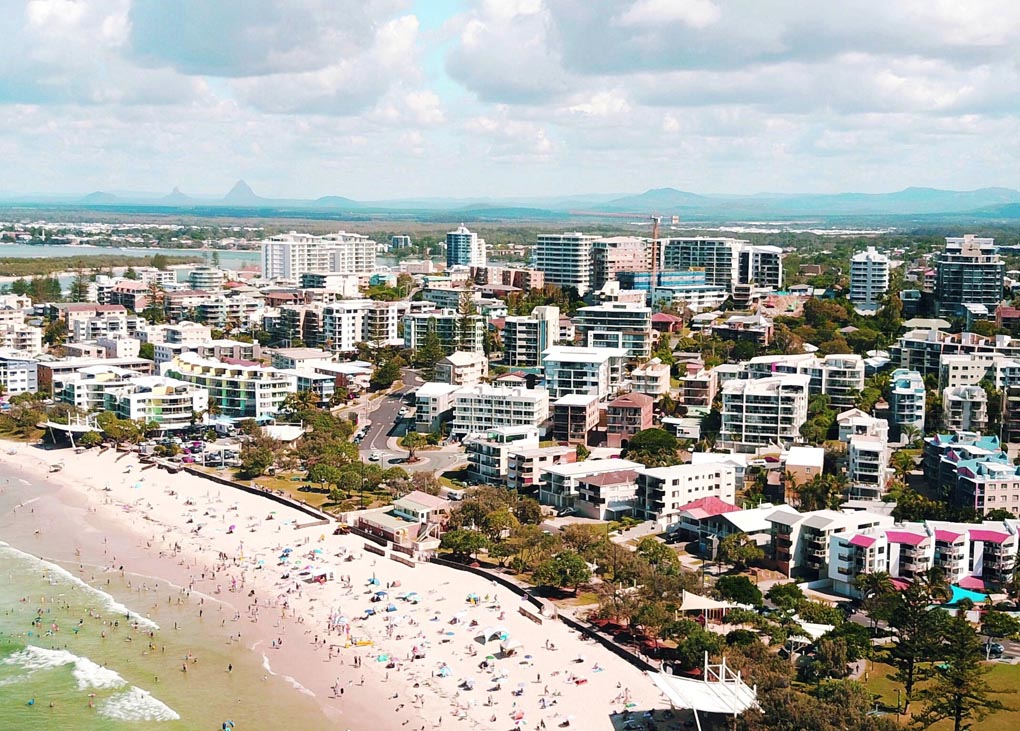A study is under way to investigate the “hot spots” of the Sunshine Coast and explore how urban forests can minimise heat risks.
The Cool Urban Forests project is being delivered through the University of the Sunshine Coast and Sunshine Coast Council’s Regional Partnership Agreement.
Project lead Dr Silvia Tavares, a UniSC Senior Lecturer in Urban Design and Town Planning, says heat absorbed by buildings and pavements can make urban areas up to 5°C hotter than rural areas.
“Planting trees in the streets, parks, and gardens of our urban areas is vital to reduce UHI (urban heat island) effects and prepare our community for the heat-related impacts of climate change,” Dr Tavares says.
The two-year project will look at how mapping technologies such as satellite imaging and airborne surveys using laser and thermal sensors can find neighbourhood hot-spots that may be trapping heat.
“Once potential hot-spots are found, we will create a sophisticated 3D ‘microclimate model’ for various neighbourhoods, to help us understand what might be causing the overheating down at the street level,” Dr Tavares says.
“We can also change the 3D model and look at possible future urban developments, to look at different sizes or species of trees, improved building and roof materials, or higher and lower urban densities.
“The research will help [the] council understand how mapping, sensor and modelling technology can help inform and improve policy and planning for urban design.
“Development rules and urban design processes can be complex, and this research will help guide [the] council to find the right place for the trees, so they can keep us cool.”
The research team notes that trees provide shade, and the water in their leaves also cools the air by taking heat energy from the environment and lowering the air temperature.
But other researchers have noted that urban green space is not a panacea for the heat island effect.
Issues to consider are the increased water use and humidity associated with green spaces. Some native trees also produce VOCs that generate ozone. And critically, during very high temperatures, trees do not produce cooling through evapotranspiration. In fact, because the colour of the leaves is dark, the surface temperature of the trees can be higher than the ambient temperature, contributing to urban heating.
More information about the Cool Urban Forests project is available at the University of the Sunshine Coast website.
Photo by Nick Sarvari on Unsplash
 Mark Vender
Mark Vender


Leave a Reply